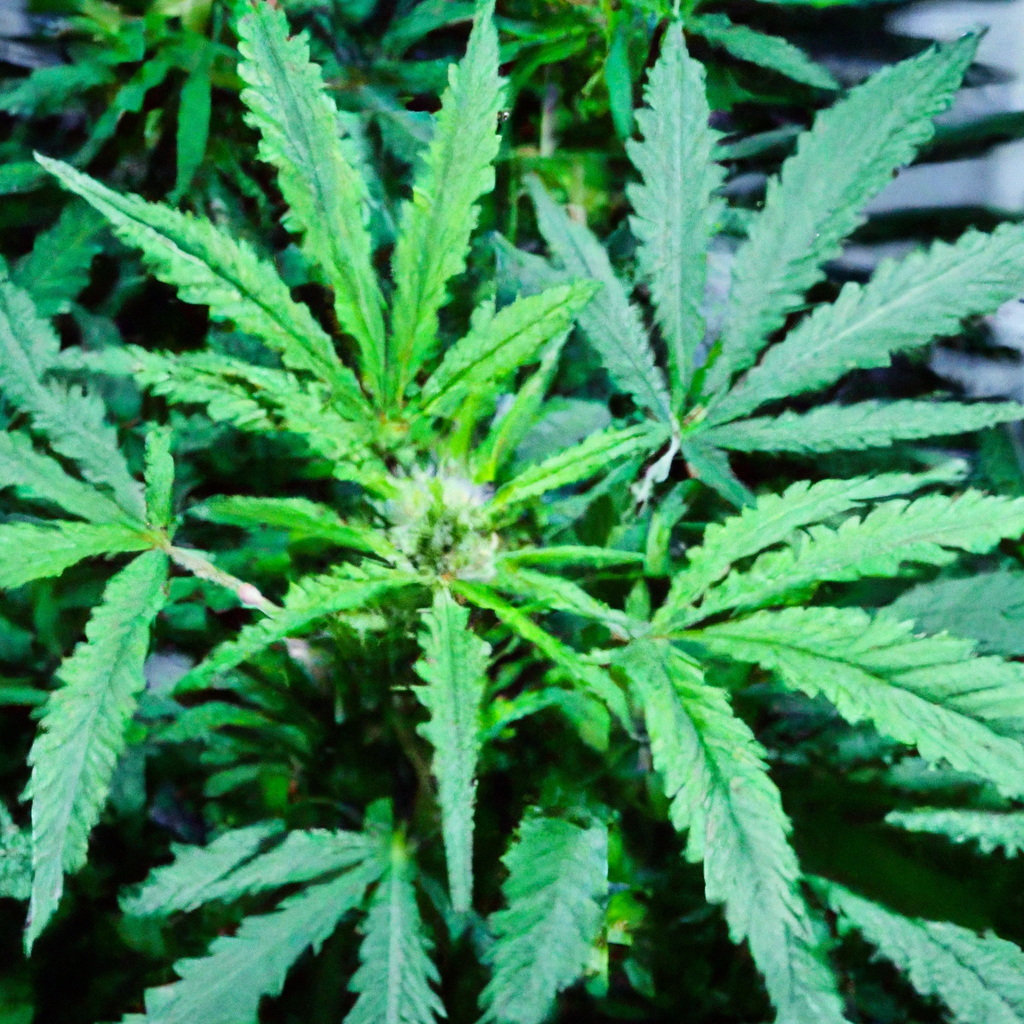Your cart is currently empty!
The world of cannabis cultivation is vast, with indoor growing taking center stage for many enthusiasts and professional growers alike. Indoor cultivation allows for complete control over the growing environment, making it possible to optimize plant growth and maximize yields. In this guide, we’ll explore some essential techniques and tips to help you succeed in indoor cannabis cultivation.
Understanding Light Management
Light is one of the most critical factors in indoor cannabis cultivation. How you manage light will significantly influence plant growth, potency, and yield. Here are some key aspects to consider:
- LED Lighting: LED grow lights are energy-efficient and offer specific wavelengths of light that are ideal for cannabis growth.
- Light Cycles: Adjusting the light cycle can manipulate plant growth stages. A typical 18/6 light cycle is used for vegetative growth, while a 12/12 cycle induces flowering.
- Dynamic Lighting: Consider systems that allow for spectrum adjustment and intensity to meet the plant’s needs at different growth stages.
Managing Temperature and Humidity
Temperature and humidity control is vital in preventing mold and pests while ensuring plant health. Here’s what to consider:
- Temperature Ranges: Maintain temperatures between 70-85°F (20-30°C) for optimal growth during the day, with a slight drop at night.
- Humidity Levels: Young plants thrive at higher humidity levels (60-70%), while flowering plants prefer around 40-50% to prevent mold.
- Ventilation: Proper airflow through fans or ventilation systems prevents stagnation and helps control temperature and humidity.
Optimizing Soil Health
Healthy soil is the foundation of successful indoor cannabis cultivation. Here’s how you can optimize it:
- Nutrient Management: Use a balanced fertilizer appropriate for cannabis, ensuring macro and micronutrients are available.
- Soil Aeration: Ensure soil has good drainage with materials like perlite to prevent root rot and facilitate oxygen flow.
- Organic Amendments: Consider organic supplements such as compost or worm castings to enhance nutrition and soil structure.
Pest Control and Management
While indoor growing reduces pest risks, vigilance is key to preventing potential infestations:
- Regular Monitoring: Inspect plants frequently for signs of pest activity such as discolored leaves or webbing.
- Integrated Pest Management (IPM): Implement IPM strategies, including natural predators and organic sprays, to manage pests sustainably.
- Cleanliness: Keep the grow area clean, removing any dead foliage or debris that could harbor pests.
Conclusion
Mastering indoor cannabis cultivation requires attention to detail, from optimizing light and controlling climate to maintaining soil health and managing pests. By implementing these techniques, you can create an environment that supports robust plant growth and maximized yields. Whether you’re a novice or a seasoned grower, these insights will enhance your indoor cultivation endeavors, paving the way for successful harvests.
Discover more from Magic Clones
Subscribe to get the latest posts sent to your email.


Leave a Reply